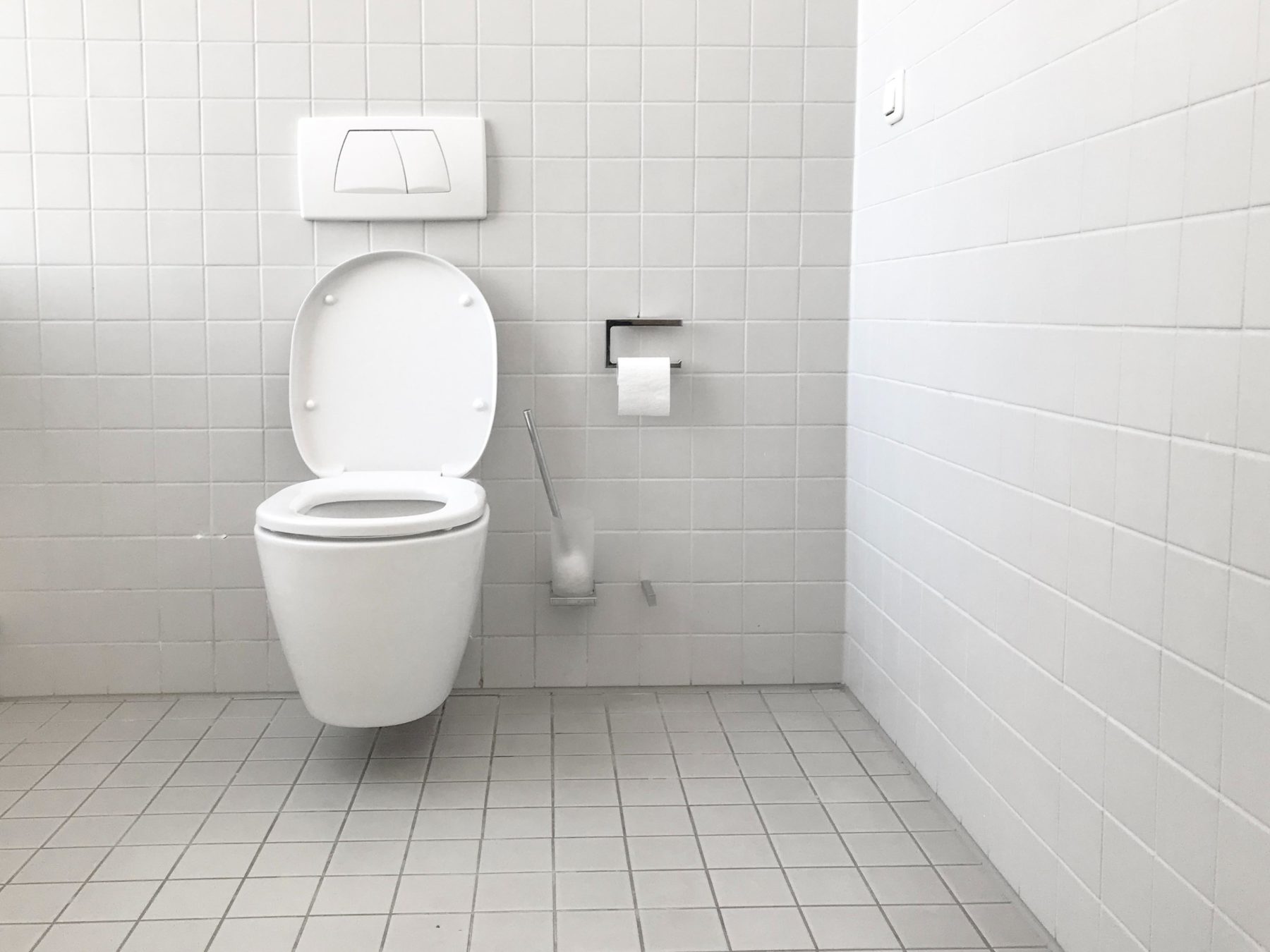How to Avoid Constipation While Traveling

While traveling may look a little different these days, one thing remains — that pesky bout of constipation. If you’ve ever experienced this, you are not alone! One thing to always remember when it comes to constipation: Never leave your body backed up for too long. Before we get into the “how-to remedy” conversation, let’s look at why this even occurs in the first place.
The main factor is simple: your body is experiencing major changes in its normal routine when you are traveling, including the digestion routine. Airplane travel, road travel and water travel alike — you are simply not in a space you would otherwise find familiar or even comfortable.
Many people are simply not comfortable with having a bowel movement in public places due to comfort, cleanliness and unfamiliarity. In addition, diet and sleep cycles can also play a role in travel constipation. If you are constantly on the go and find yourself feeling bloated, gassy or experiencing abdominal pain, try to remember the last time you had a bowel movement, as these symptoms may correlate to constipation.
Now, let’s take a look at some solutions.
If you’ve read my previous articles in AFM, you already know how much I love the wonder that is magnesium. Good news, you can take magnesium citrate for constipation, usually around 600mg. Depending on how severe you feel the symptoms, you may need to add more, but stop when you finally experience a bowel movement. Think about starting at the 600mg dose and wait 30 minutes to see if things start moving.
You can also try senna tea, which is normally used as a natural laxative or to clear the bowels before a surgical procedure. Cascara sagrada is another great option and usually takes about six to eight hours to work. Cascara sagrada is a stimulant laxative, meaning it works by causing muscle contractions in the intestines, which helps move stool through.
A method that may be more familiar is fiber. When constipated, it might be a good idea to take around 6 grams of additional fiber a day. I advise exercising caution here, however, because fiber is also used when you have loose bowels to bulk up your stool. When taken in a low dose, fiber can help to create a really healthy bowel movement. Again, you want to remember not to go too heavy. Keep an eye out for any additional gas or bloating in the beginning if you are experiencing constipation. If you do not experience relief within one to two days, this may be something that makes sense for you to use as a long-term solution for excellent gut health.
An exercise I like to recommend to my patients is called a Salt Water Flush. The flush recipe I typically recommend is by Dr. Axe. See below for the quick recipe — takes a total of 5 minutes!
Ingredients
- 2 teaspoons of sea salt
- 1 glass jar with a lid
- 1 liter of hot filtered water
- 2 tablespoons of fresh lemon juice or one cup of lemon water
Directions
- Heat up your water, but not to a boil.
- Add your ingredients into the jar and put the lid on. Shake vigorously to fully dissolve the salt and make sure no granules are visible.
- Drink the mixture quickly, within a few minutes if possible (under five minutes is the goal).
- Lay down on your side and massage your belly on one side, then repeat on the other side. If you can manage to hold in the solution for about 30 minutes this will help your body fully absorb the salt.
- Within a short time after finishing the mixture, you should start to feel the urge to go to the bathroom.
- Once you feel you can no longer hold out, go to the bathroom. You might have to go more than one time, sometimes needing to use the bathroom for several hours before you’re fully “cleansed” and your colon is emptied.
And last, but not least — if things are really bad, think about getting a colonic. That is the most natural solution and is often referred to as colon hydrotherapy. This softens and loosens fecal matter by allowing a small amount of temperature and pressure-controlled filtered water to flow into your colon, which helps to facilitate the evacuation of impacted fecal matter, retained gas and other waste materials. The flow of a small amount of water and the release of waste is usually repeated several times during a session.
About the Author
Stephanie Kuehne, A.C.N., is a clinical nutritionist who has been treating patients through a holistic-focused care approach. Currently, she owns Ooh Wow Nutrition and, with her own personal experience with weight, hormone imbalance and cystic acne, helps her patients utilize functional nutrition and believes that nature is the medicine cabinet we all should utilize more often. Stephanie enjoys trying new workout experiences and considers herself and her husband (who is a chiropractor) to be self-proclaimed “health geeks!”






